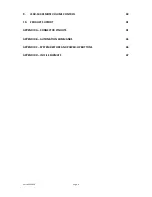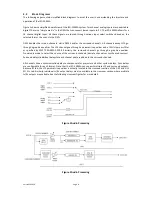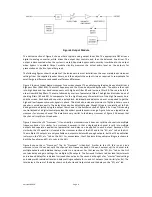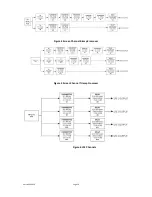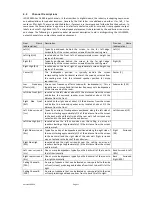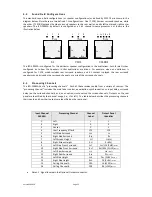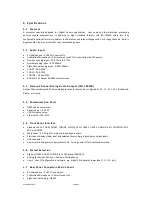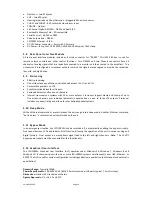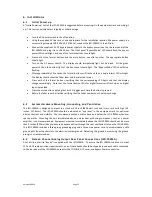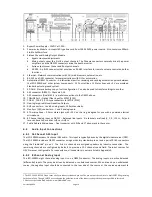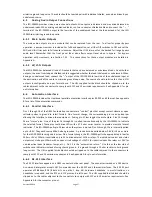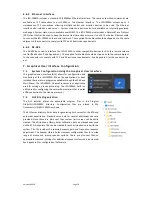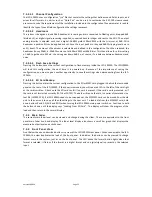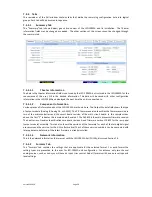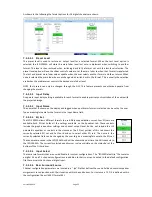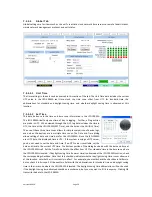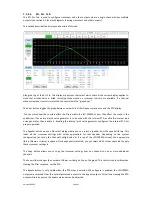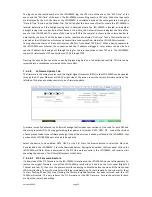
Version 160624
Page 18
6.6.3 Ethernet Interface
The JSD-100MA includes a standard 10/100Mbps Ethernet interface. The same automation commands are
available on TCP connections to port 10001 on the Ethernet interface. The JSD-100MA accepts up to 5
simultaneous TCP connections, allowing multiple control and monitor devices to be used. The Ethernet
interface also includes a web server. System status and basic control are available on internally generated
web pages. System status is also available over SNMP. The JSD-100MA also includes a Network Time Protocol
(NTP) client that can be used to keep the internal real time clock accurate. Use a CAT5 or better Ethernet cable
to connect the JSD-100MA to the control network. The supplied ferrite block should be clipped on to the cable
adjacent to the connector to comply with FCC and CE emission requirements.
6.6.4 RS-485
The RS-485 bus used to interface the JSD-100MA to other compatible devices such as the remote volume
control (See Section 9 and Appendix A). The supplied ferrite block should be clipped on to the cables adjacent
to the connectors to comply with FCC and CE emission requirements. See Appendix A for the connector pin
out.
7.
Graphical User Interface Configuration
7.1
System Configuration Using the Graphical User Interface
The graphical user interface (GUI) allows for configuration and
monitoring of the JSD-100MA. When the application has been
installed there are two programs available through the Windows
Start Menu. The JSD-100MA Cinema Processor is an application
used for setting up sound processing. The JSD-100MA SetIP is a
utility used for configuring the network parameters that requires
a USB connection to the cinema processor.
7.2
GUI File Organization
The GUI installer places the executable program files in the Program
Files\USL\JSD-100MA directory. Configuration files are placed in My
Documents\USL\JSD-100MA as shown.
The EQ Curves directory holds data for generating limit curves for the RTA and
automatic equalization. Standard curve data for several auditorium sizes are
provided. Since these are plain text files, custom limit curves can be easily
created. The Microphone Library holds calibration data on microphones used
on the RTA. A separate file can be created for each microphone used with the
system. The file includes the required preamp gain and frequency response
adjustment. The Speaker Library holds crossover configuration files for a wide
range of biamp and triamp speaker systems. These are also text files; so
appropriate crossover settings for additional speaker systems can be created.
See Appendix E for configuration file formats.

